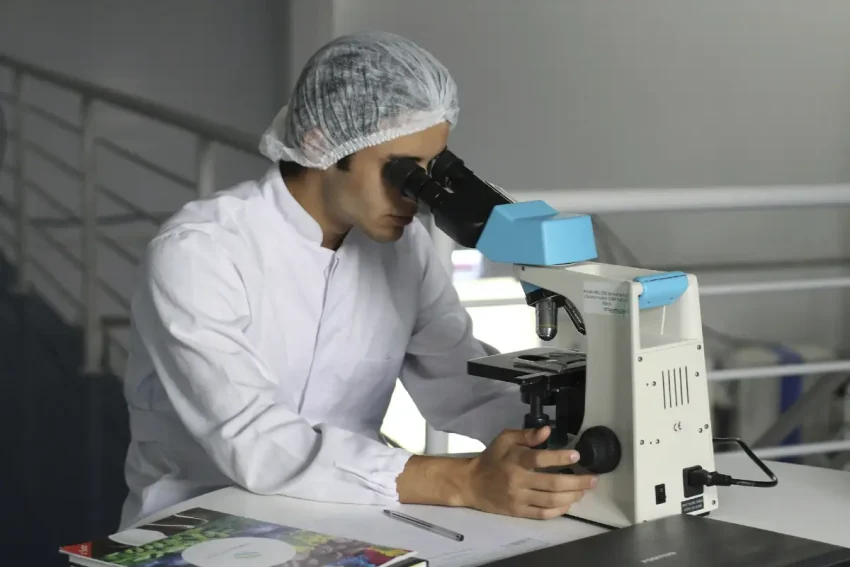5 Misconceptions to Know About Spectroscopy Instruments

Spectroscopy instruments are essential tools in scientific research, yet several misconceptions can lead to confusion or misuse. For example, some believe that all instruments provide the same type of data or assume that a higher cost equals better accuracy.
These myths can hinder the effectiveness of your analysis. This blog will address five common misconceptions about spectroscopy instruments.
Contents
1. Always Accurate
Even though these instruments have a high degree of dependability, they may still have some restrictions. The quality of the sample, the condition of the instrument, and the calibration of the instrument are all factors that influence the accuracy of the results.
If the sample is poorly prepared or if the instrument isn’t properly calibrated, the results can be inaccurate. Always perform regular maintenance and calibration to ensure the best results.
2. Sample Preparation Isn’t That Important
Some people think that as long as the sample is placed in the instrument, it will provide good results. In practice, the preparation of the sample is an essential step in the spectroscopy process.
If the sample is not prepared correctly, such as not being the right concentration or having impurities, it can lead to false readings.
Whether you are working with solids, liquids, or gases, proper preparation ensures that the sample interacts with the instrument as intended, giving you reliable data.
3. Only for High-Level Research
In reality, spectroscopy is a versatile tool used in many fields, from everyday quality control in manufacturing to environmental monitoring. Many industries use spectroscopy to analyze materials, identify substances, and check product quality. It’s a practical tool for many applications, not just for researchers in labs.
4. You Don’t Need to Understand the Theory Behind Spectroscopy
It’s easy to assume that you can just use a spectroscopy instrument without understanding how it works. However, having a basic understanding of the theory behind spectroscopy is important for getting accurate results.
Knowing how light interacts with matter and how different spectroscopic techniques work can help you set up experiments properly and interpret the data. Without this knowledge, you might miss subtle details that could affect your results.
5. The Price of a Spectroscopy Instrument Reflects Its Quality
While it’s tempting to believe that the higher the price of the instrument, the better the quality, this is not always true.
More expensive models may have advanced features, but an instrument’s quality and accuracy depend on its technology, maintenance history, and calibration.
Some less expensive models might be perfectly suitable for routine tasks and give great results, while more expensive instruments might only be necessary for specific, high-level applications.
Have an Effective Use of Spectroscopy in Research
In conclusion, understanding the misconceptions about spectroscopy instruments is crucial for making informed decisions in your research.
If you’re looking to enhance your research with cutting-edge technology, consider exploring Agilent FTIR spectroscopy instruments. These instruments offer high-quality, reliable solutions for a wide range of spectroscopy applications, helping you achieve more precise and consistent results in your work.



